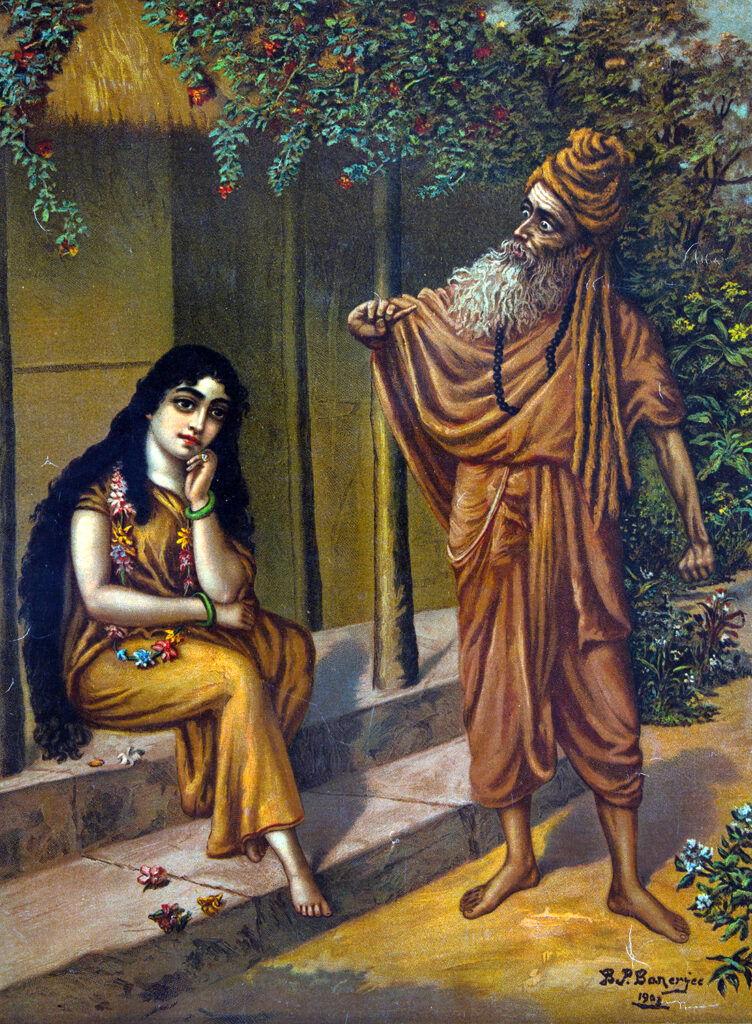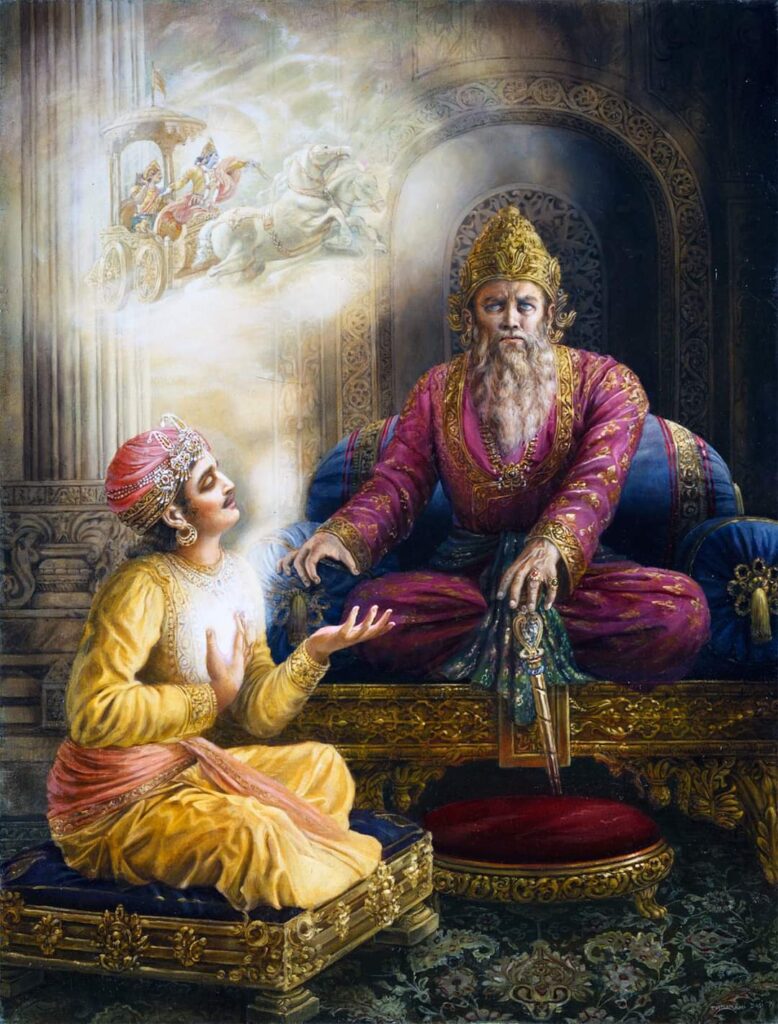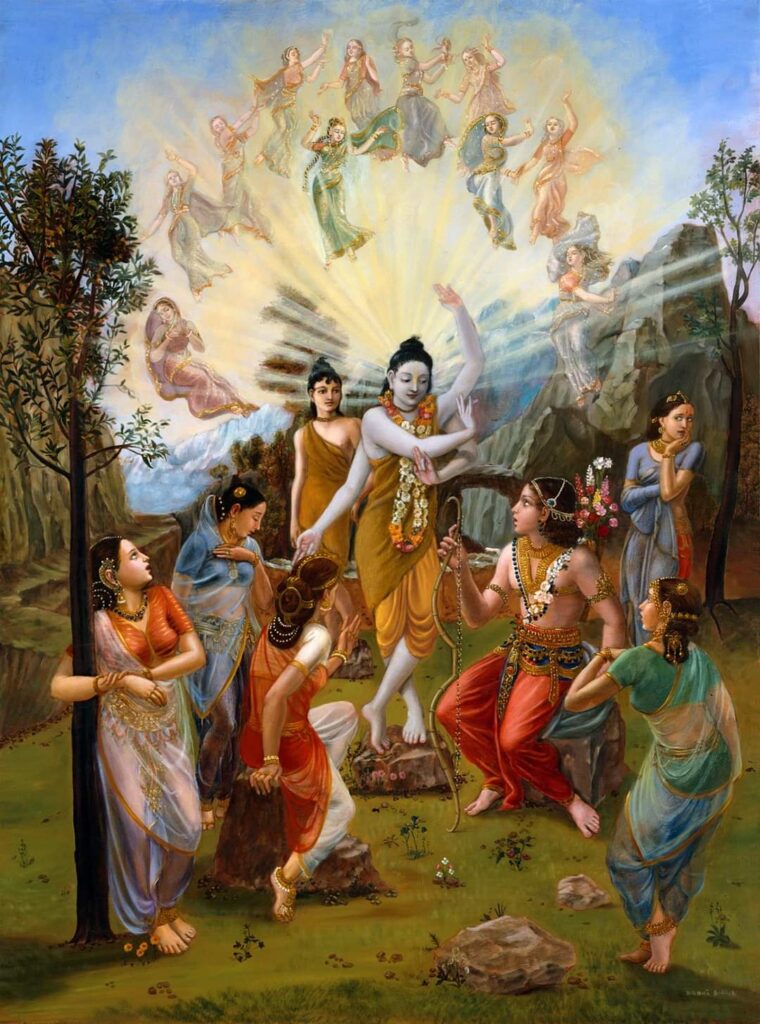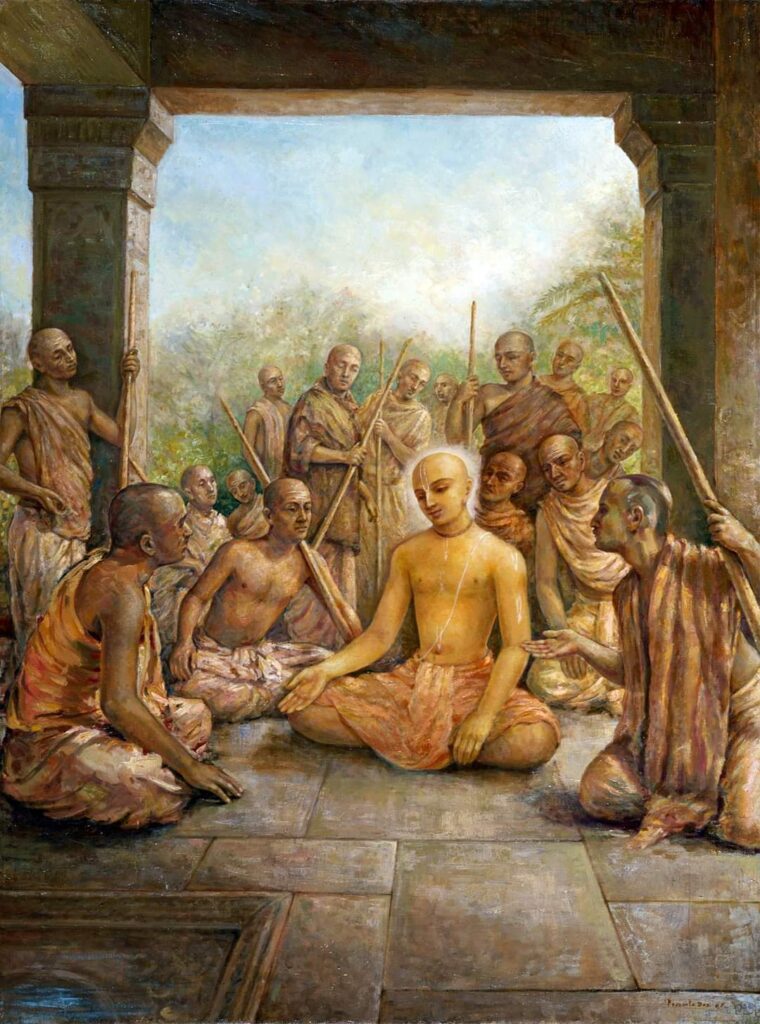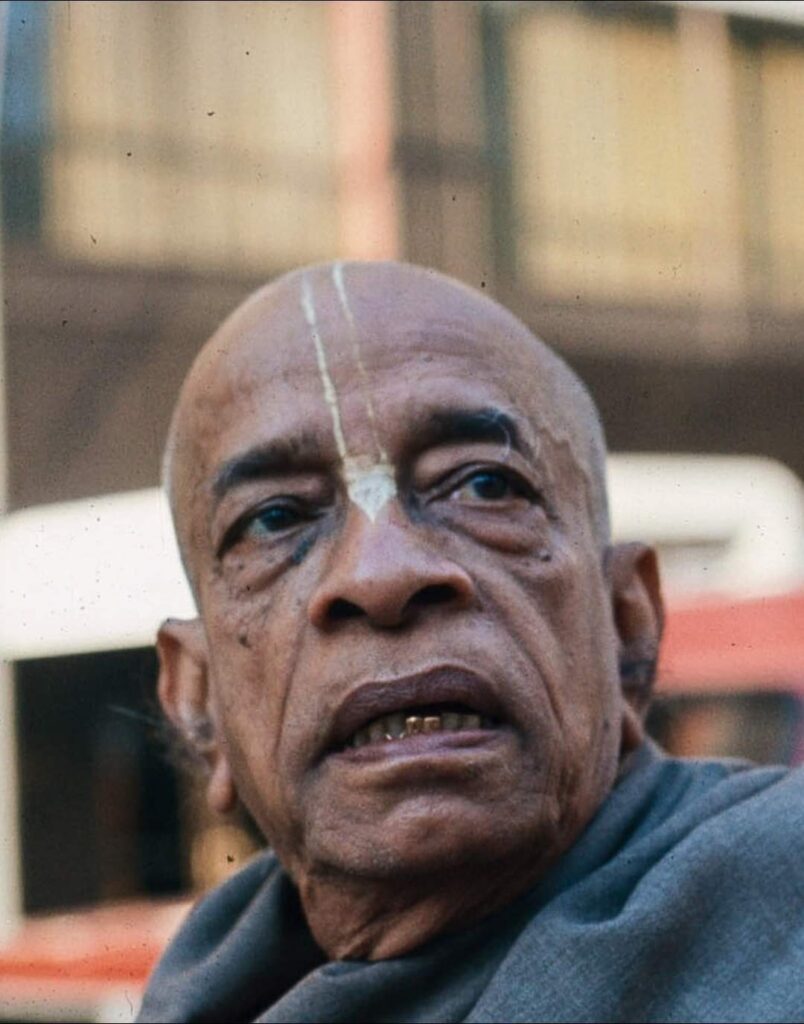We are used to reading Prabhupada’s books and accepting the translations he gives as authoritative, and we may automatically do the same when reading books from other authors, accepting and quoting whatever they translate, but this is quite dangerous.
The point about “translations” of Sanskrit works is that they are rarely translations, but more like interpretations. Understanding the scriptures demands making assumptions about the meaning of the words and the way they relate to each other, and thus the same verse can be translated in many different ways.
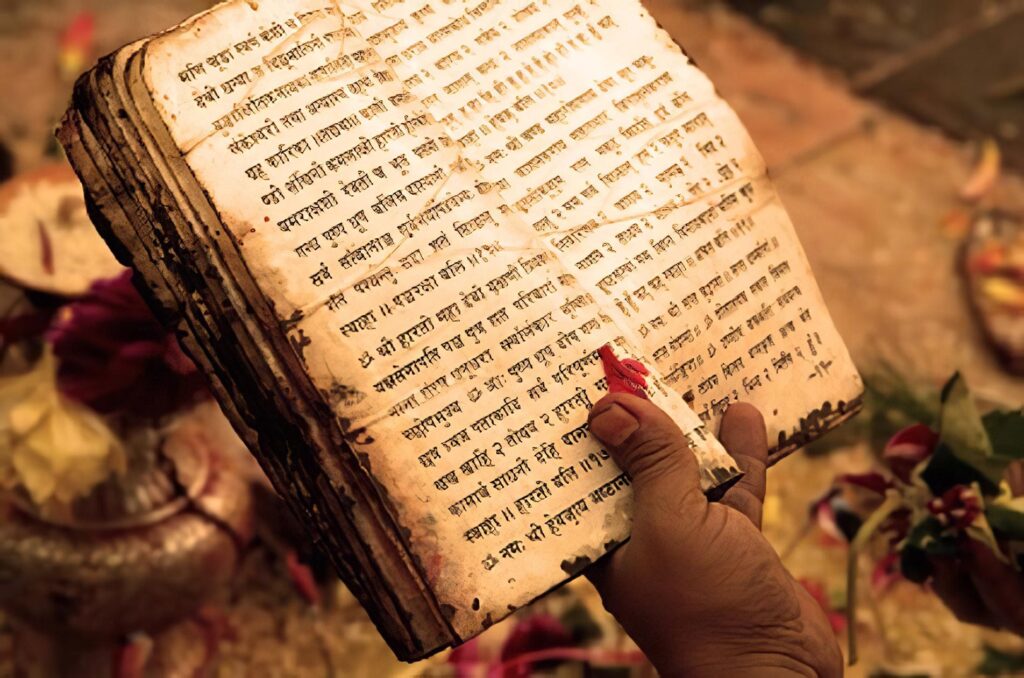
Take for exemple verse 8.14.1 from the Chāndogya Upaniṣad:
ākāśo ha vai nāma-rūpayor nirvahitā te yad antarā tad brahma tad amṛtaṁ sa ātmā
It can be translated as:
“Sky is the creator of names and forms. That sky within is expanded without limit. That sky is eternal. That sky is the Self.”
The main word in this verse is “akasa”, which means “sky” or “ether” (the subtle material element). However, we can see that in this verse it doesn’t seem to make much sense. Sky or ether is an inanimate material element, so how can be the creator of names and forms? How can it be the self?
Continue reading
